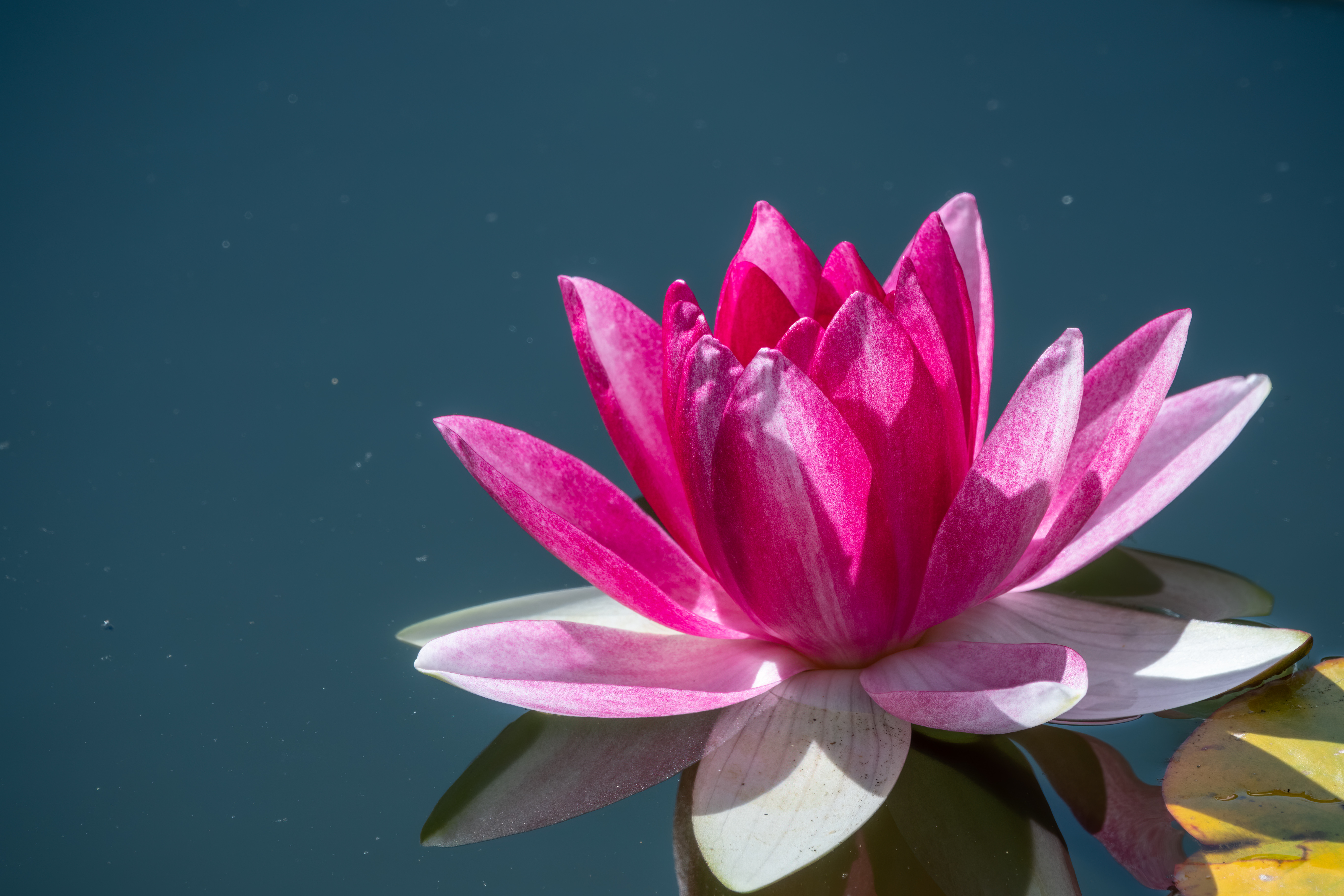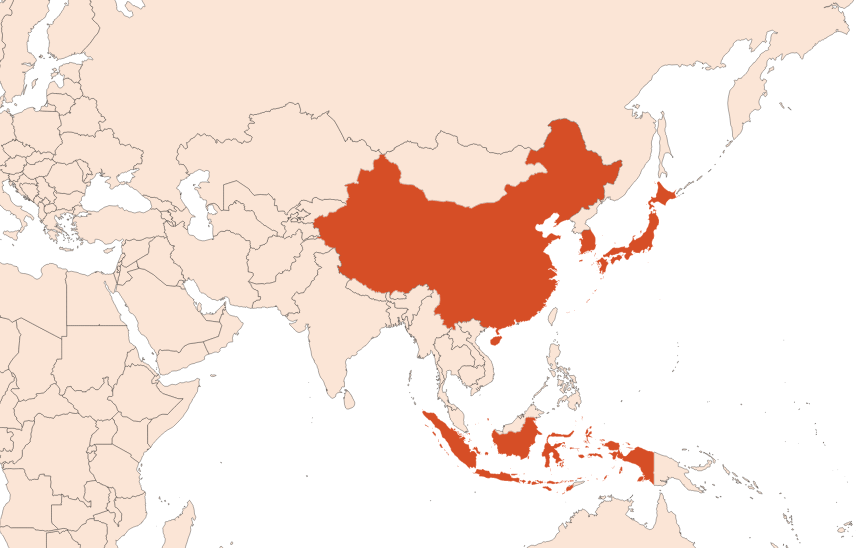Extraction process :
Lotus is a perennial plant, because it likes the heat of summer in its growing countries, and resists cold winters. The multiplication of the plants is done by dividing the rhizomes and tubers of the plant. Seed sowing is also practiced, always in shallow water. Planting seed in March, flowers will appear in August or September. For a rhizome plantation, flowering will be observed as early as July.
The lotus feeds on the mud at the bottom of ponds. In winter, the flower disappears and the stem shrinks and buries itself inside the pond. The colder it gets, the more the plant buries itself for protection, then grows again when the water warms up from spring onwards.
In perfumery, the flower is treated to obtain an absolute. It is put in warm hexane for several hours. Once this first extraction is completed, the flowers are removed and the solvent is evaporated. A concrete is obtained. This extract contains the waxes of the plant. A second extraction is necessary to precipitate them and only keep its odorous principle. For this, chilling in alcohol is applied. After filtration and evaporation of the alcohol, the Lotus Flower absolute is obtained.
Chemotypes :
Two species of the genus Nelumbo are listed and common today:
Nelumbo nucifera, or Indian lotus, native to Asia, are treated for their flowers, to obtain an absolute.
Nelumbo lutea, native to North America, is not used in perfumery.
The ''false lotus '' species are called Nymphea: the blue lotus (Nymphea nouchali), the white lotus (Nymphea lotus) and the fragrant water lily (Nymphea odorata), from which an absolute is also obtained from the flowers.
Aromatherapy :
Informations provided below are taken from reference works in aromatherapy. They are given for information purposes only and can not constitute medical information, nor engage the responsibility of ScenTree.
Lotus extract is note used in aromatherapy. The plant itself is anyway rich in fibers, vitamin C and potassium for example.





Comments :